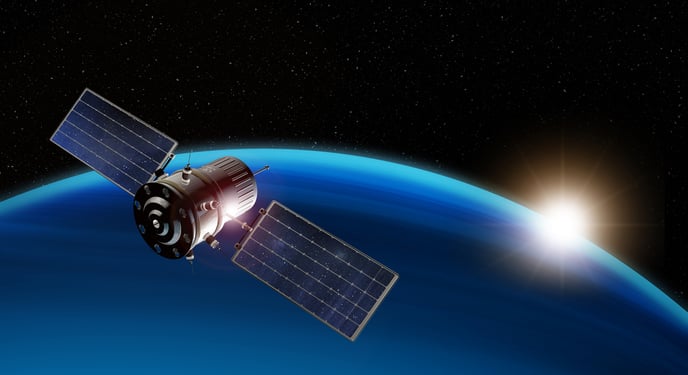Why is an Open-Sky Environment Important for GNSS Receivers?
A GNSS receiver is a device that uses signals from satellites to determine its location and provide navigation information.
 GNSS information can be used for a variety of purposes, including navigation in vehicles, mapping and surveying, and tracking assets. Here are a few reasons why an open-sky environment is critical for receiving high-quality GNSS data.
GNSS information can be used for a variety of purposes, including navigation in vehicles, mapping and surveying, and tracking assets. Here are a few reasons why an open-sky environment is critical for receiving high-quality GNSS data.
Signal Strength
Satellites transmit signals to GNSS receivers on the ground, and the strength of these signals decreases as they travel through the atmosphere and pass through obstacles such as buildings or trees. In an open-sky environment, the GNSS receiver can receive a clear and strong signal from multiple satellites, which is necessary for accurate and reliable position determination.
Number of Visible Satellites
A GNSS receiver needs to receive signals from multiple satellites to determine its position accurately. In an open-sky environment, the GNSS receiver can see a large number of satellites, which increases the chances of receiving signals from multiple satellites and helps to improve position accuracy.
Obstruction
Obstructions such as buildings, trees, or other large structures can block or weaken GNSS signals, causing signal loss and reducing accuracy and reliability. In an open-sky environment, the GNSS receiver is free from these obstructions and can receive clear signals from satellites.
An open-sky environment is important for GNSS receivers because it provides clear and strong signals from multiple satellites, which is necessary for accurate and reliable position determination. Obstructions in the environment can weaken or block GNSS signals, leading to reduced accuracy and reliability.
Learn about ROCK's GNSS triple-band network base station, ROCK Base, at https://www.rockrobotic.com/rock-base.
![ROCK-robotic-community-logo.png]](https://learn.rockrobotic.com/hs-fs/hubfs/ROCK-robotic-community-logo.png?width=250&height=50&name=ROCK-robotic-community-logo.png)